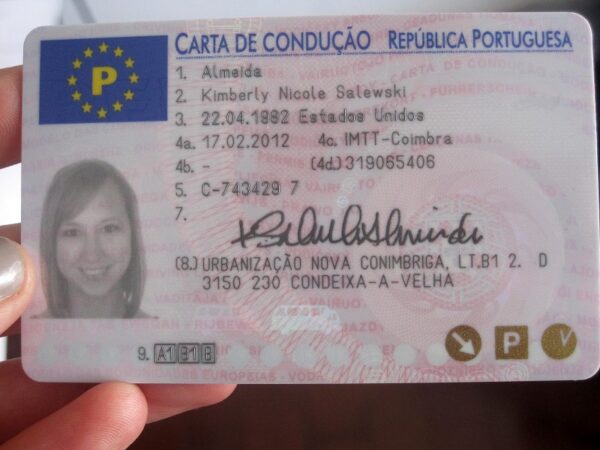How to Pass Your Driving Test: A Comprehensive Guide
Passing the driving test is a substantial milestone for many individuals seeking independence and movement. While it can be a complicated experience, adequate preparation can significantly boost one's possibilities of success. This short article supplies a useful overview, using useful pointers, important understanding, and useful resources for anyone excited to dominate their driving assessment.
Comprehending the Driving Test
The driving test typically consists of 2 primary elements: a composed understanding test and a useful driving evaluation. The knowledge test assesses a candidate's understanding of traffic laws, roadway signs, and safe driving practices. The practical test evaluates a candidate's capability to run a lorry effectively and securely in real-world driving conditions.
Types of Driving Tests
| Test Type | Description |
|---|---|
| Written Test | A multiple-choice assessment on road rules and signs. |
| Vision Test | Examines the prospect's eyesight and capability to see roadway risks. |
| Dry run | An on-road evaluation of driving abilities, consisting of maneuvers and adherence to traffic laws. |
Preparing for the Driving Test
1. Study the Rules of the Road
A thorough understanding of traffic laws is crucial. Candidates should familiarize themselves with:
- Traffic signals and their meanings
- Roadway indications and their ramifications
- Right-of-way guidelines
- Safe driving practices and protective driving techniques
Resources:
- Driver's handbook from the local transport authority
- Online driving course materials
2. Take a Driver Education Course
Registering in an official driving school can offer important direction and practice. A qualified instructor can use vital insights into both composed and useful components of the driving test.
Advantages of Driver Education:
- Professional guidance and structured knowing
- Access to practice cars geared up with dual controls
- Mock tests to simulate the driving test environment
3. Practice, Practice, Practice
Hands-on experience is vital for passing the practical driving test. Candidates must:
- Log a minimum number of supervised driving hours
- Practice driving in varied conditions (e.g., highways, urban locations, night driving)
- Refine crucial abilities such as parallel parking, turning, and merging
4. Know the Test Route
Lots of driving inspectors utilize specific routes for testing. Comprar Documento De Condução with possible test routes can relieve anxiety and enhance confidence. Candidates must drive these routes throughout session to determine difficult locations.
Day of the Driving Test
As the test day methods, prospects must be well-prepared to maximize their performance.
1. Vehicle Readiness
Make sure the lorry is in exceptional condition. Check the following:
- Tire pressure and tread depth
- Fluid levels (oil, brake, windshield wiper)
- Functionality of lights and signals
- Tidiness of the vehicle (inside and out)
2. Show up Early
Getting to the testing site ahead of time permits candidates to unwind and mentally prepare. Hurrying can introduce unneeded stress that might affect efficiency.
3. Stay Calm and Focused
It's natural to feel nervous, but staying calm is necessary. Candidates can employ strategies such as deep breathing exercises or visualization strategies to handle anxiety.
Typical Mistakes to Avoid
Comprehending typical mistakes can assist prospects avoid mistakes throughout the exam.
- Stopping working to Observe: Neglecting to inspect mirrors or blind areas.
- Speeding: Not preserving appropriate speed limitations.
- Inappropriate Use of Signals: Failing to signify when altering lanes or turning.
- Nervous Behavior: Overreacting to inspector directions or unanticipated situations.
Regularly Asked Questions (FAQs)
Q1: How long does the driving test take?
A1: The useful driving test typically lasts between 20-40 minutes, while the composed test may take around 30 minutes, depending upon the area.
Q2: What should I bring to the driving test?
A2: Bring vital documents such as your student's license, proof of identity, a roadworthy automobile, and any required fees.
Q3: Can I take the test in an automated cars and truck?
A3: Yes, prospects can take the test in an automated vehicle, but they may be limited from driving manual lorries unless they pass the manual test.
Q4: What occurs if I fail the driving test?
A4: If a prospect fails the test, they can normally reapply for the next readily available test date after a specified waiting duration, often a few days to weeks.
Passing the driving test needs a combination of knowledge, ability, preparation, and composure. With persistent study, practice, and understanding of the screening format, prospects can substantially increase their probability of success. Therefore, approach the driving test as both a difficulty and an opportunity for growth, and with the right tools and frame of mind, passing the examination will soon come true.

